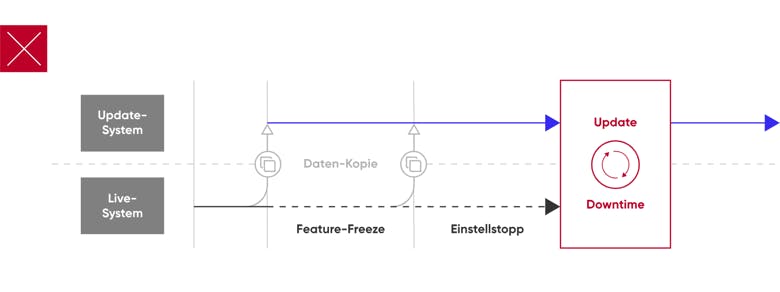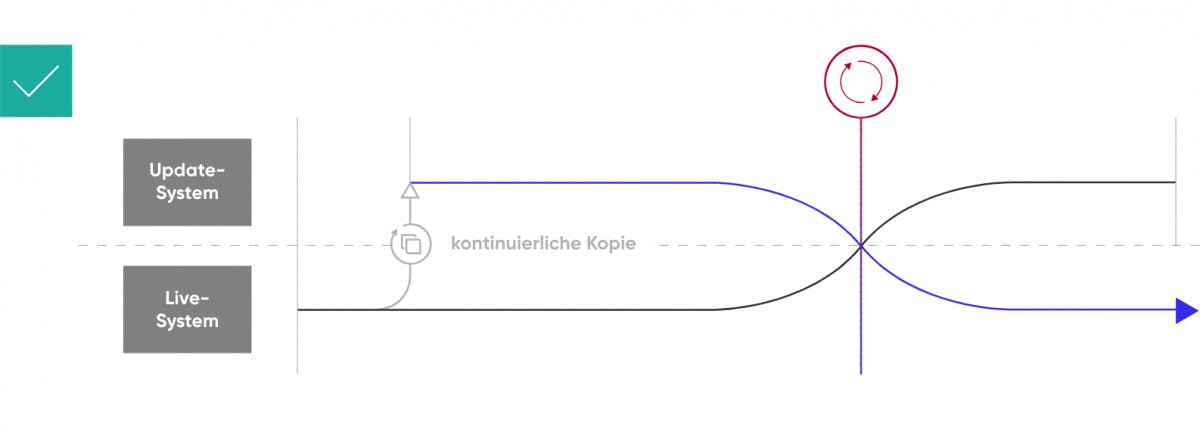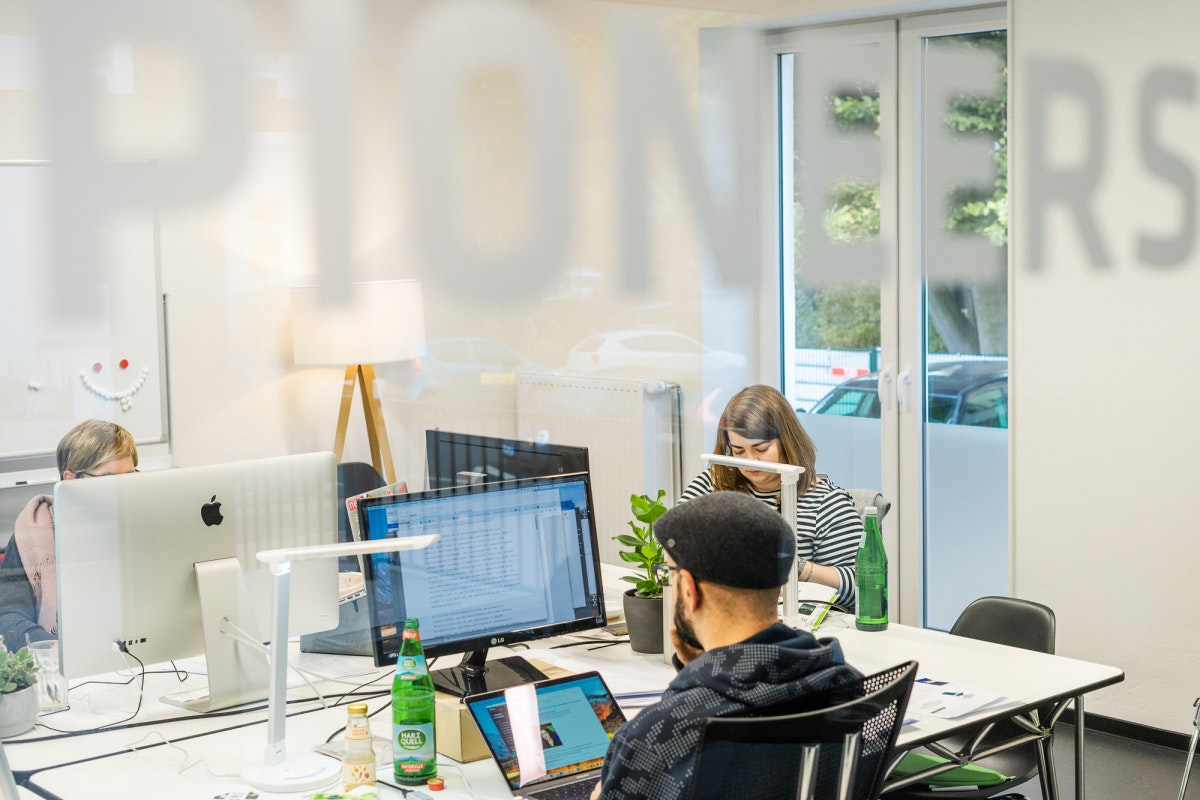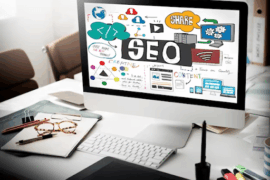display
Many TYPO3 users have mixed feelings about a version change: How smooth will the migration be? How long does it take? How much does it cost? However, this stress can be avoided – with continuous upgrading.
Every (one and a half) years a new TYPO3 version is published and confronts users of the content management system with the question: Do I have to react or can I take my time? Currently this means: After the release of version 10 in April 2020, operators of the TYPO3 application V9 can still lean back – at least in theory. In contrast, there is an acute need for action for older applications. As of March 31, 2020, version 8 has only been serviced with the paid Extended Long Term Support (ELTS).
Upgrade TYPO3 now or rather later?
Action vs. Sitting out often follows the same pattern: In companies, decision-makers tend to wait a bit longer with upgrades. The costs to be expected for the IT service provider do not currently fit into the budget or the company’s own staff is currently fully utilized. Also: “The page is still running …” Arguments that are understandable at first glance, but rather short-sighted on closer inspection.
Security, performance, SEO: good arguments for timely upgrades

zdrei.com
Shaping change and taking advantage of digitalization opportunities: The TYPO3 Award winner zdrei.com develops innovative products in the TYPO3 environment.
Tel: +49 (0) 221 6430380
There are only a few constants in the fast-paced IT world that will not change in the long term. But this is part of it: hackers and cyber criminals are fundamentally more innovative than companies and web users. As the age of a TYPO3 version increases, the vulnerabilities become increasingly dangerous. The operation of websites that are no longer supported by TYPO3 in terms of security technology means an incalculable risk, especially for companies with sensitive business processes. But in addition to warding off dangers, timely updates also offer numerous effects that have a positive effect on the success of a website: The use of current technologies regularly leads to one higher system performance and shorter loading times. This is not only appreciated by users, but also by search engines, which regularly reward state-of-the-art technology with a better ranking. It’s better to upgrade today than tomorrow to avoid building up technical debt.

The classic upgrade process: coordination processes, feature freeze and the interruption when posting new content sometimes lead to a downtime of several months. (Graphic: zdrei.com)
Continuous upgrading – the paradigm shift for upgrade projects
How can the TYPO3 environment be kept as up-to-date as possible without the upgrade project leading to costs that are difficult to calculate for the service provider and the commitment of own personnel resources? Without possibly causing the website to stand still for several months with its numerous coordination processes? Fortunately, strategies, processes and procedures have emerged here to successfully master the new challenges of the digital industry.
So happened among other things with the agile project development and Continuous development a paradigm shift in corporate and work culture, not only in the IT industry. The IT service provider follows this development zdrei.com developed an upgrade product that is now marketable after three years of testing: Continuous upgrading.
The core idea is to no longer carry out upgrades in the form of cyclically occurring large-scale projects, but to implement them as part of a continuous process. The Continuous Upgrading product is offered as a service package that is billed at a fixed monthly fixed price.

Continuous Upgrading: The web application can be continuously developed during the upgrade process. The downtime phase on day “X” is minimized to
Avoid technical debts – take advantage
Instead of building up technical debt by delaying updates, which sooner or later will have to be paid anyway, continuous upgrading offers companies a multitude of advantages. The website is always up-to-date with regard to performance, security and SEO. Since major upgrade projects are a thing of the past, the continuous process creates maximum planning and cost security for companies. By consistently avoiding major jumps in upgrade, the total costs will be significantly lower in the medium term. Since new functions can be developed in parallel to the upgrade process without “time-outs” and current content can be set up to day X, the content and function continue to develop. An annoying feature freeze is a thing of the past.
In a white paper, zdrei.com presents continuous upgrading and shows how it has the potential to revolutionize the TYPO3 market. Continuous upgrading means: Maximum security, optimal performance, maximum planning and cost security.





